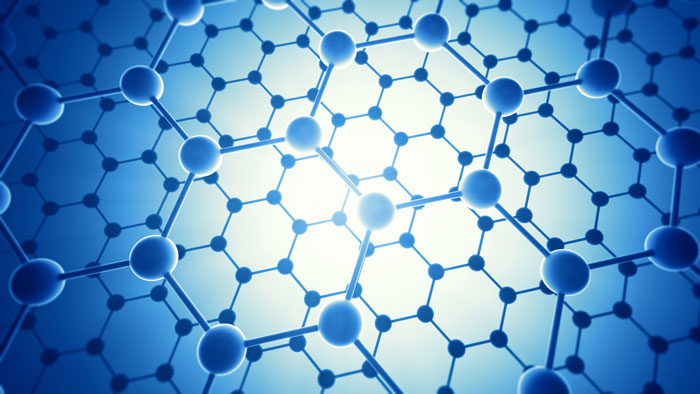
WHAT A SHOCKER
Present-day computers process information using electrons. And the speed of data transfer is limited by the time it takes for the electrons to travel between the processor and the memory. To hasten data, a medium that travels faster than electrons is needed. That is why light-based computers are being developed.
Running current computers with light would speed them up, but the silicon chips used in computers require the photons to be converted back into electrons to allow processing. Doing this will only consume more energy, making the system less efficient than the ones that uses electrons only.
Experts from MIT found a solution to this conversion problem which involves the creation of a sort of shockwave of light. In theory, it is similar to the sonic boom shockwave, achieved when an aeroplane reaches or exceeds the speed of sound.
WONDER MATERIAL

The researchers found out that they could use a sheet of graphene to produce an optical boom, an intense, focused beam of light. It was observed that, when light comes in contact with graphene, it slows down dramatically. This slowed-down speed reaches almost the same speed as that of the electrons.
Graphene allows the passage of electrons up to 1/300 the speed of light in vacuum. Getting electrons and photons to almost the same speed could result to breaking the light barrier, and this could make operating speeds up to a million times faster.
But there is a catch…
Yes, graphene is awesome. But it also is expensive to produce. Luckily, a few months back, scientists were able to make graphene a hundred times cheaper than before. Hopefully other cheaper ways to manufacture graphene will be discovered,
The study is published in Nature Communications.